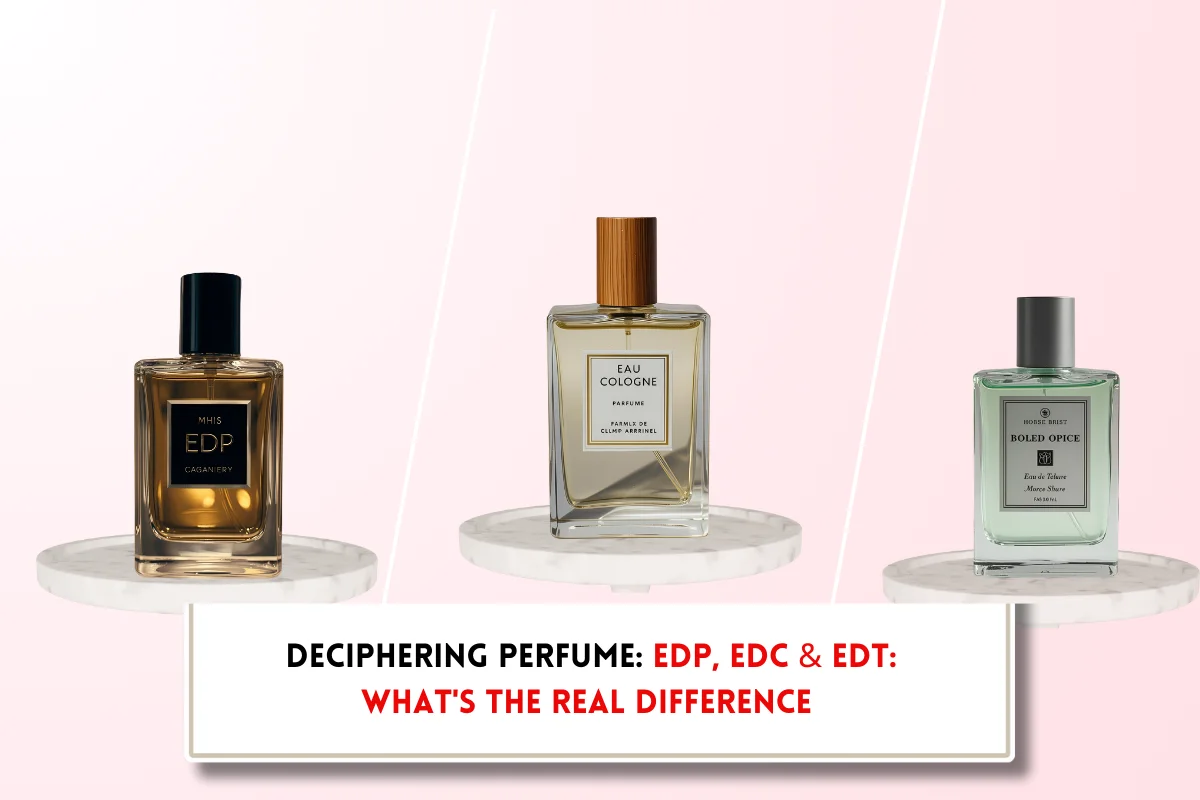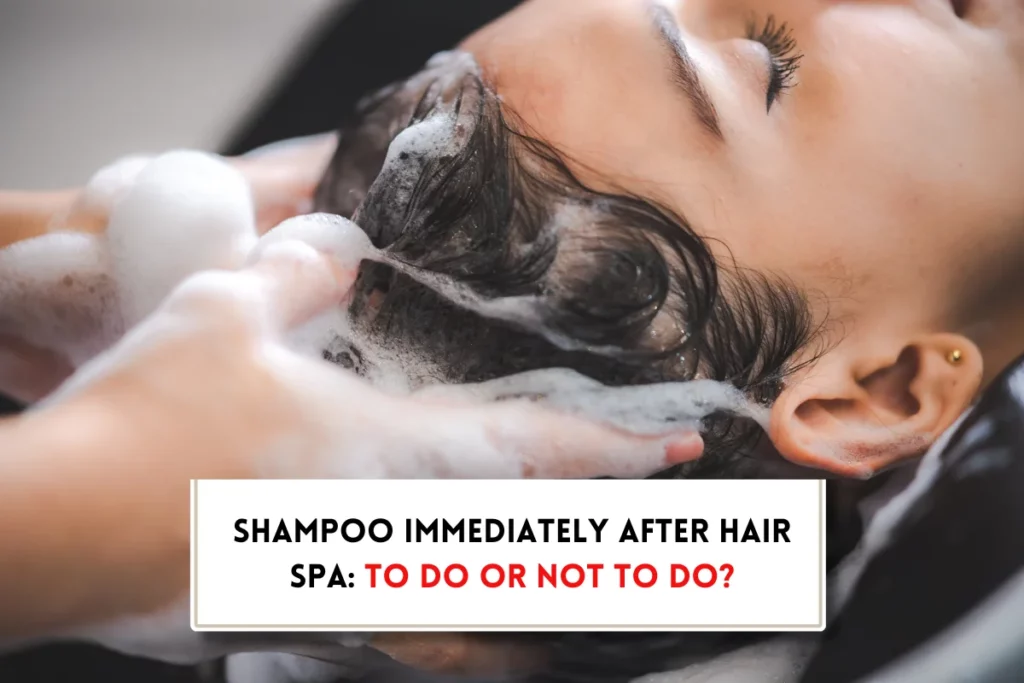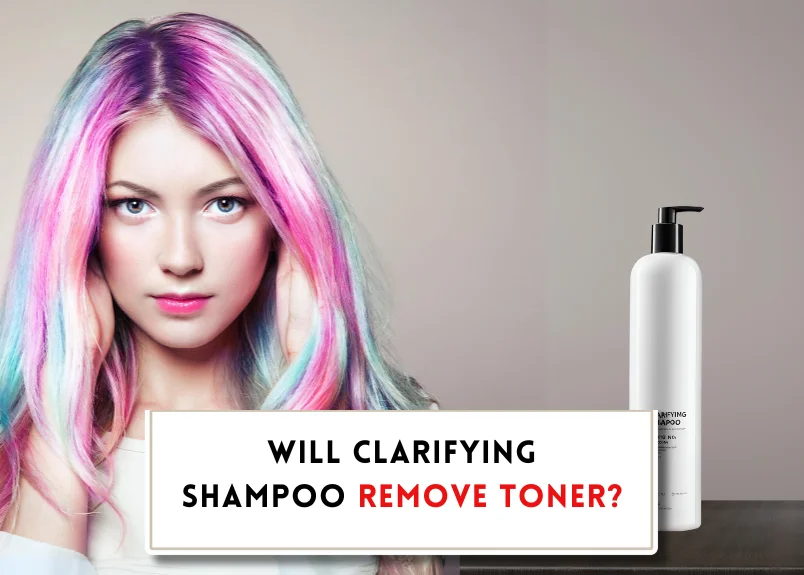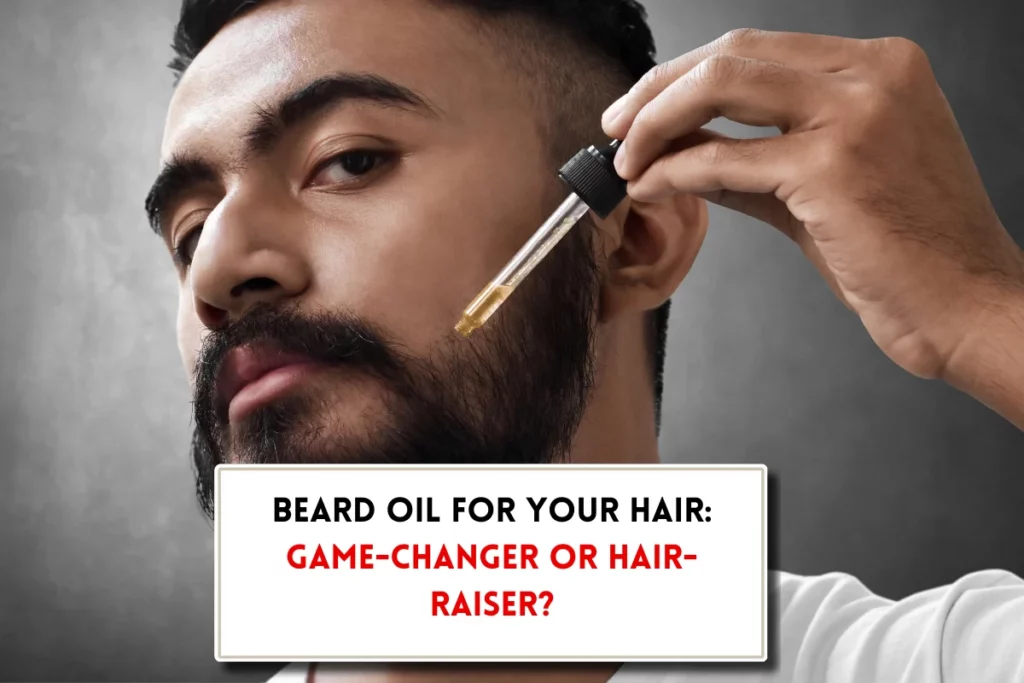How soon can I swim after coloring my hair?
At BeautyCaters, our expert team independently curates every recommended product. Purchases through our links may earn us a commission. Explore our transparent selection process.
One of the first concerns after a fresh dye job, “How soon can I swim after coloring my hair?” While the allure of showing off your new hair color is strong, it’s important to wait a certain period to prevent color fade and maintain its vibrancy. And in this blog post, we’ll explore the factors that influence how long you should wait before swimming and provide tips for protecting your hair color.
- Composition of hair dyes
- How hair dye works?
- What are the effects of hair coloring?
- What role water play in hair dye fading?
- How does swimming leads to color fading?
- How soon can I swim after coloring my hair?
- Factors that influences swim time post hair-dyeing?
- What swim-care shoud I take for color-treated hair?
- Final word: How soon can I swim after coloring my hair?

Composition of hair dyes
Hair dyes typically contain several chemicals, including ammonia, hydrogen peroxide, and various colorants. These substances work together to open the hair cuticle, allowing the dye to penetrate the hair shaft. However, this process can weaken the hair fibers and compromise their integrity. Prolonged exposure to these chemicals can lead to issues such as dryness, breakage, and loss of natural luster. By being aware of these components, you can better assess the condition of your hair after dyeing.
Also Read: What is double process color?
How hair dye works?
When hair dye is applied, the ammonia in the dye opens up the hair cuticle, allowing the hair color to penetrate the cortex, where it can react with the hair’s natural pigment. The dye then undergoes a process of oxidation and polymerization, forming larger color molecules inside the hair shaft. This is what gives your hair its new color.
What are the effects of hair coloring?
While coloring your hair can enhance its appearance, it also introduces various effects that can impact your hair’s health and vitality. Hair dyes contain chemicals that penetrate your hair fibers, altering their structure. This change can lead to increased porosity, making your hair more susceptible to damage from environmental factors, including chlorine in swimming pools. These effects are vital for maintaining healthy hair and deciding when it is safe for you to swim after a coloring treatment.
What role water play in hair dye fading?
The role of water in hair dye fading is significant.Water, especially when it’s chlorinated or saltwater, strip away the outer layer of the hair cuticle, and allows color molecules to escape. This is why swimming, washing, or even excessive sweating can cause hair color to fade. To maintain your vibrant hue, it’s essential to take precautions and understand the impact of water on your freshly colored hair.
How does swimming leads to color fading?
Immediately after coloring, hair undergoes significant changes, primarily in terms of porosity and moisture retention. The chemical treatments used in dyeing can leave your hair feeling drier and rougher, as the process opens up the cuticles, making it more porous. This increased porosity allows moisture and chemicals to enter and let the pigment molecules exit more easily. Here is how pool water and salt water effect hair dye.
- Pool water and its impact: Pool water contains chlorine as disinfectant. Chlorine’s reactive nature bonds with the complex hair dye molecules, disrupting their chemical structure and leading to pigment breakdown. This breakdown results in color fading, color alteration, loss of vibrancy, and even uneven color distribution. This is especially problematic for individuals with recently colored hair and those with lighter shades, as they are often more porous and contain more artificial pigments.
- Saltwater effects on hair: Saltwater from the ocean can compromise the integrity of your freshly colored hair. It often dries out your hair, affecting its texture and color retention. The combination of salt, sun, and heat can exacerbate these effects, resulting in overall hair health being compromised. After a swim, you may notice that your vibrant hue becomes less intense, and your hair may feel rough or brittle.Saltwater can also lead to tangling and make your hair appear more unmanageable.
How soon can I swim after coloring my hair?
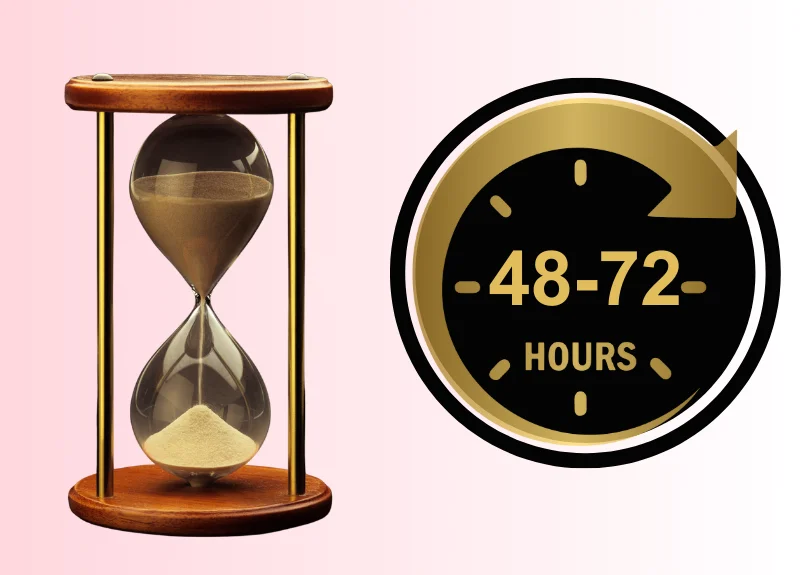
Some hair care professionals recommend that you wait at least 48 to 72 hours after coloring your hair before swimming. This waiting period allows the hair cuticles to fully seal and the color to set, ensuring that your vibrant shade lasts longer and avoids fading. Additionally, giving your hair some time before exposing it to chlorine or saltwater protects it from potential damage and loss of color intensity. Adherence to this timeframe helps maintain your hair’s health and color vibrancy.
Factors that influences swim time post hair-dyeing?
Various factors can influence how long you should wait before swimming, including your hair type, the dye type, and your aftercare routine. For instance, if you have porous hair, it might absorb moisture and color more quickly, requiring a longer wait. Here are some key considerations:
- Your hair’s porosity: Hair with a higher porosity has more open cuticles, allowing moisture and chemicals to penetrate more easily. This can lead to faster color fading, especially when exposed to water.
- The type of dye used (permanent vs. semi-permanent): Permanent dyes penetrate deeper into the hair shaft, making them more resistant to fading. However, they can also be more damaging. Semi-permanent dyes, while less durable, are generally gentler on the hair and may require a shorter waiting period.
- Your personal hair care routine post-color treatment: Using sulfate-free shampoos and conditioners can help preserve color by preventing stripping. Additionally, applying leave-in conditioners and heat protectants can shield your hair from further damage and fading.
Contrary to popular belief, factors such as heat exposure and product usage can also affect your hair’s condition after coloring. For example, using heat styling tools can make your hair more susceptible to damage and fading if done prior to swimming. Here are additional factors to consider:
- Use of heat styling tools: Excessive heat styling can weaken the hair cuticle, making it more porous and prone to color loss.
- Frequency of washing your hair: Washing your hair too frequently can strip away color and natural oils, leading to dryness and damage.
- Quality and type of hair products used post-color: Investing in high-quality hair products specifically formulated for color-treated hair can help maintain color vibrancy and prevent fading.
What swim-care shoud I take for color-treated hair?
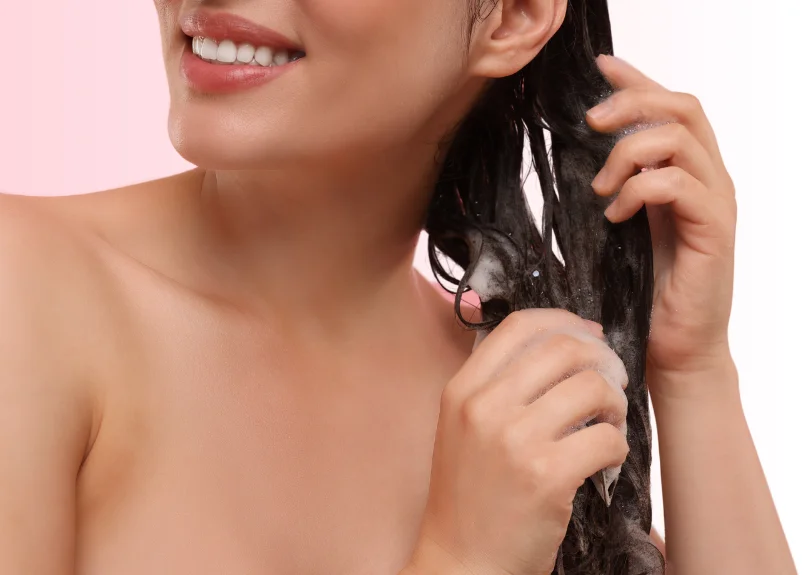
Pre-swim hair care tips
Many swimmers with color-treated hair worry about the safety and integrity of their locks when hitting the pool. To protect your hair before swimming, consider these tips:
- Rinse your hair with clean water: This helps reduce chlorine absorption.
- Apply a leave-in conditioner or hair oil: These products create a protective barrier on your hair, minimizing chlorine penetration.
- Use a swim cap: A swim cap provides an additional layer of protection, shielding your hair from chlorine and water.
- Avoid using metal accessories: Metal accessories can react with chlorine, causing damage to your hair.
Post-swim care for color-treated hair
Unlike other hair types, color-treated hair is more susceptible to damage from chlorine and saltwater. To maintain your vibrant color and healthy hair, it’s crucial to follow a proper post-swim care routine.
- Rinse your hair thoroughly with fresh water, avoiding hot water, which can strip your hair of its natural oils.
- Always follow up with a gentle, sulfate-free shampoo designed for color-treated hair. This helps remove any lingering chemicals while keeping your hair healthy.
- A deep conditioning treatment is a must for maintaining your hair post-swim. Incorporate deep conditioning into your routine at least once a week to restore moisture and color vibrancy, and hair health.
Final word: How soon can I swim after coloring my hair?
While the general rule of thumb is to wait a few days, the exact timing can vary depending on the type of hair color and your hair’s condition.
Remember, it’s always better to be safe than sorry. By taking a few extra days to let your new color set, you can help prevent fading, discoloration, and unwanted brassiness. So, soak up the sun and enjoy your dip, but wait a little longer for your hair to fully embrace its new hue!


